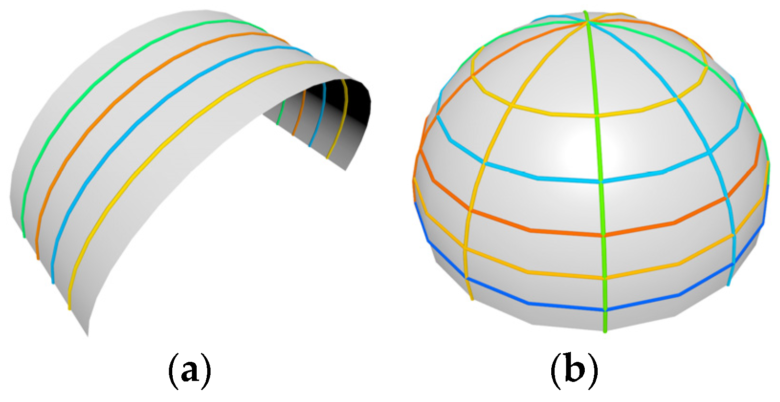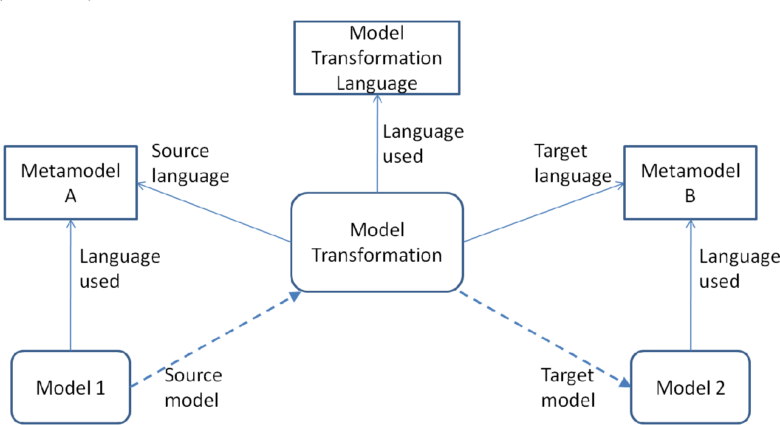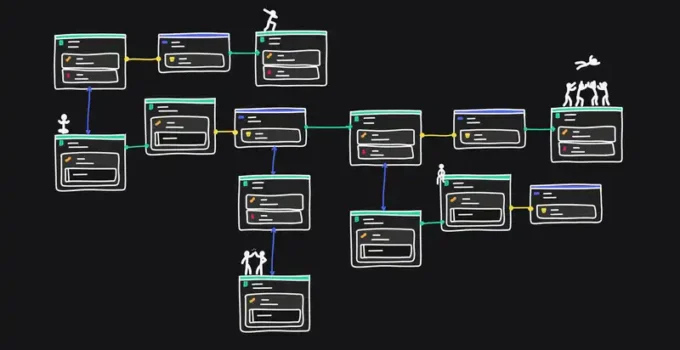In model-driven engineering, the process of automating new models and the modification of existing models is accomplished through model transformations. Software engineers use a tool called model transformation to make sure that the models they create are consistent. Saving time and reducing the number of mistakes can be accomplished by automating the process.
Model transformations can be done in a variety of ways, depending on the requirements. Every single transformable model comes with its very own individual set of expressions, inputs, and outputs. Both the input and output models are expected to match the metamodel.
There is a great deal of variety in the classification schemes that can be applied to model transformations and languages. A Model transformation that does not provide any output even after having an input is called “model analysis” or “model query”.
Endogenous and Exogenous Transformations
Same-language models undergo endogenous transformations. Interactions of an exogenous nature take place between models written in a number of different languages. A platform-independent model could be transformed into a platform-specific model by making use of an exogenous model transformation while ensuring that the process is taking place within the framework of an OMG Model Driven Architecture procedure. You can outsource your model transformation requirements to reputed companies. If you are looking for one such reliable organization, check this company.
Unidirectional And Bidirectional Transformations
Transformations that are unidirectional always take the same input and produce the same output because they do not change the direction of the transformation. It is beneficial to use unidirectional model transformations because these transformations maintain the read-only state of the model. The final product of the transformation poses a significant challenge to the model’s ability to maintain its consistency.
In a model transformation that is bidirectional in nature, the input model and the model that is produced can be of the same type. These transformations are necessary whenever it is necessary for multiple models to be consistent with one another. If you make a modification to one model, it is possible that you will need to make a modification to the other model in order to keep everything consistent.
Due to the fact that each model can accommodate a different collection of data, there is an abundant supply of consistent models to choose from.

Source: mdpi.com
It is possible to demonstrate that every bijective model is consistent with every other model. When connecting models, you need to use bijection that is consistent. Both models present the information in entirely different ways, despite the fact that they are using the same data.
From a single concrete model, it is possible to derive multiple view models. This is a potentially useful capability. View models separate data and models. Changing the viewpoint requires a shift in thinking in both the forward and the backward directions. Within the context of the database, this action is referred to as a “view update.” The perspective presented by any model is always the same.
During bidirectional model transformations, it is not possible to undo changes.
How is Model Transformation Important For MDA?
Without model transformation, the MDA process cannot carry out its functions. You can use a programming language such as Java to assist you in carrying out a model transformation. When referring to elements of a model, it may be helpful to use a language that was developed specifically for the purpose of modeling transformations.
A specialized language is required in order to carry out bidirectional model transformations that maintain consistency across multiple models. This is necessary in order to prevent the needless repetition of certain steps.
Educational institutions are responsible for the development of model transformation languages. QVT is a tool for the transformation of models. It is a member of the OMG standard language family and was added to the family not too long ago.
What is MBE?
Model-driven engineering, or MDE for short, is a methodology for developing software that places an emphasis on domain models, which are conceptual models.
Model-driven engineering (MDE) encourages communication between individuals and teams in order to boost productivity. This is accomplished through the use of standardized models, which maximize system compatibility; models of recurrent design patterns, which streamline the design process; and models of recurrent design patterns, which optimize system compatibility
Domain experts need to have an understanding of MDE models for the system development process to be successful. Everyone involved—including end users, product managers, designers, and developers—needs to make some sort of contribution to the models. When all of the models have been completed, the process of developing the necessary software and systems will become much less complicated.
In addition to Unified Modeling Language (UML) and its action language ALF, Model-Driven Architecture (MDA) is an initiative of the Object Management Group (OMG). The Executable Unified Modeling Language and Object Constraint Language (OCL) served as the basis for an earlier method.
As a part of the “ecosystem” that Eclipse offers for the creation of software and models, the Eclipse Modeling Framework (EMF) (Eclipse Modeling Framework). This framework is able to implement modeling tools that are both OMG MDA compliant and also compliant with other modeling standards.
What Are Model Transformation Languages?

Source: semanticscholar.org
There are programming languages that are designed for general use in addition to those that are designed specifically for the purpose of model transformations. When performing transformations that can go in either direction, you should do so using a language that guarantees directionality. Model transformation languages are referred to by their abbreviation, QVT.
Some model transformation languages, like QVT, define a metamodel for model transformation. Because of this, defining “Higher Order Transformations,” also known as HOTs, which are transformations that either take or give another transformation as input or output, is now much less complicated than it was before.
Final Word
We hope now you know what model transformation is and what are its advantages. There are various types of model transformations you can choose from. Select one depending on the requirement given to you.




